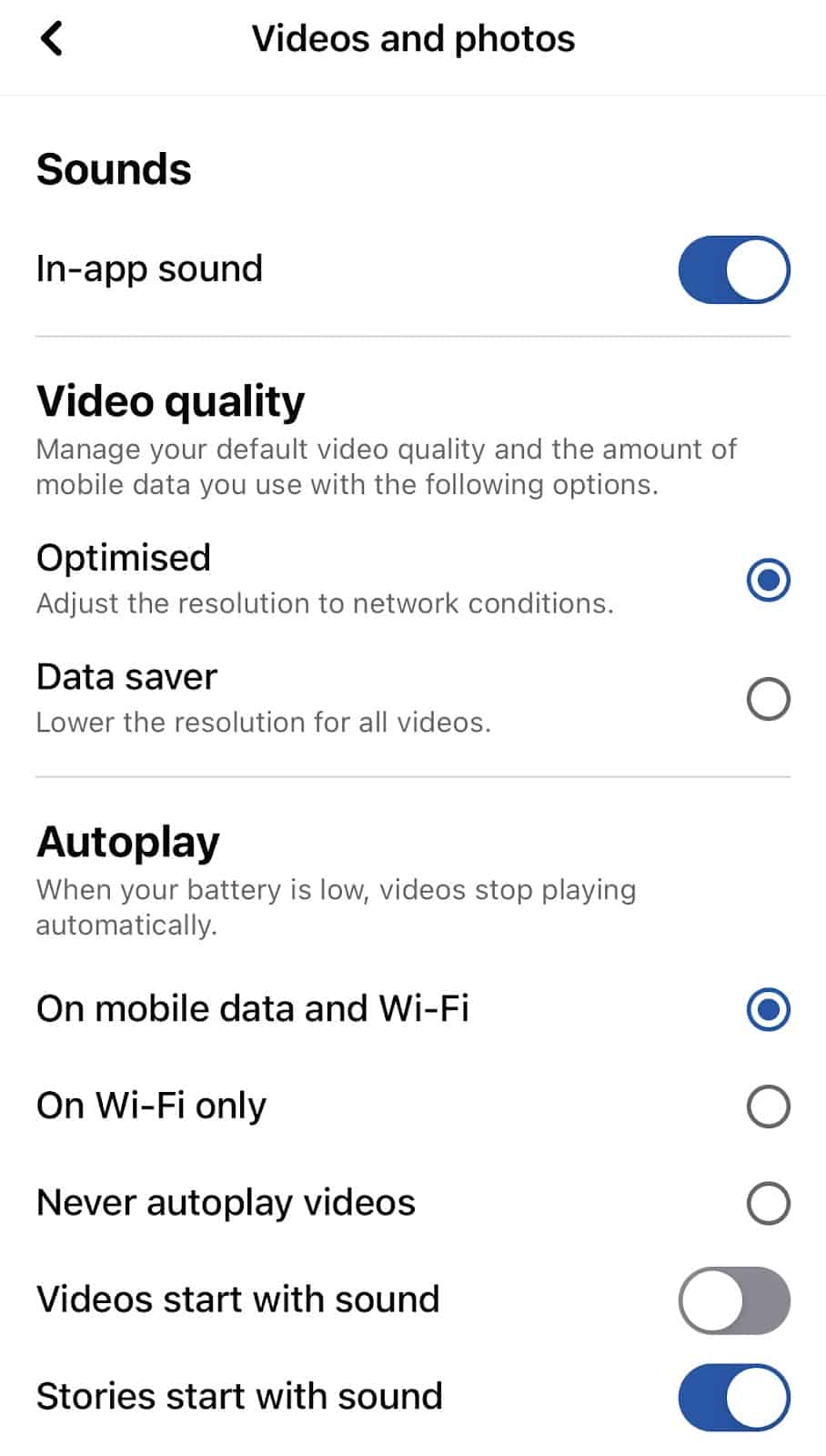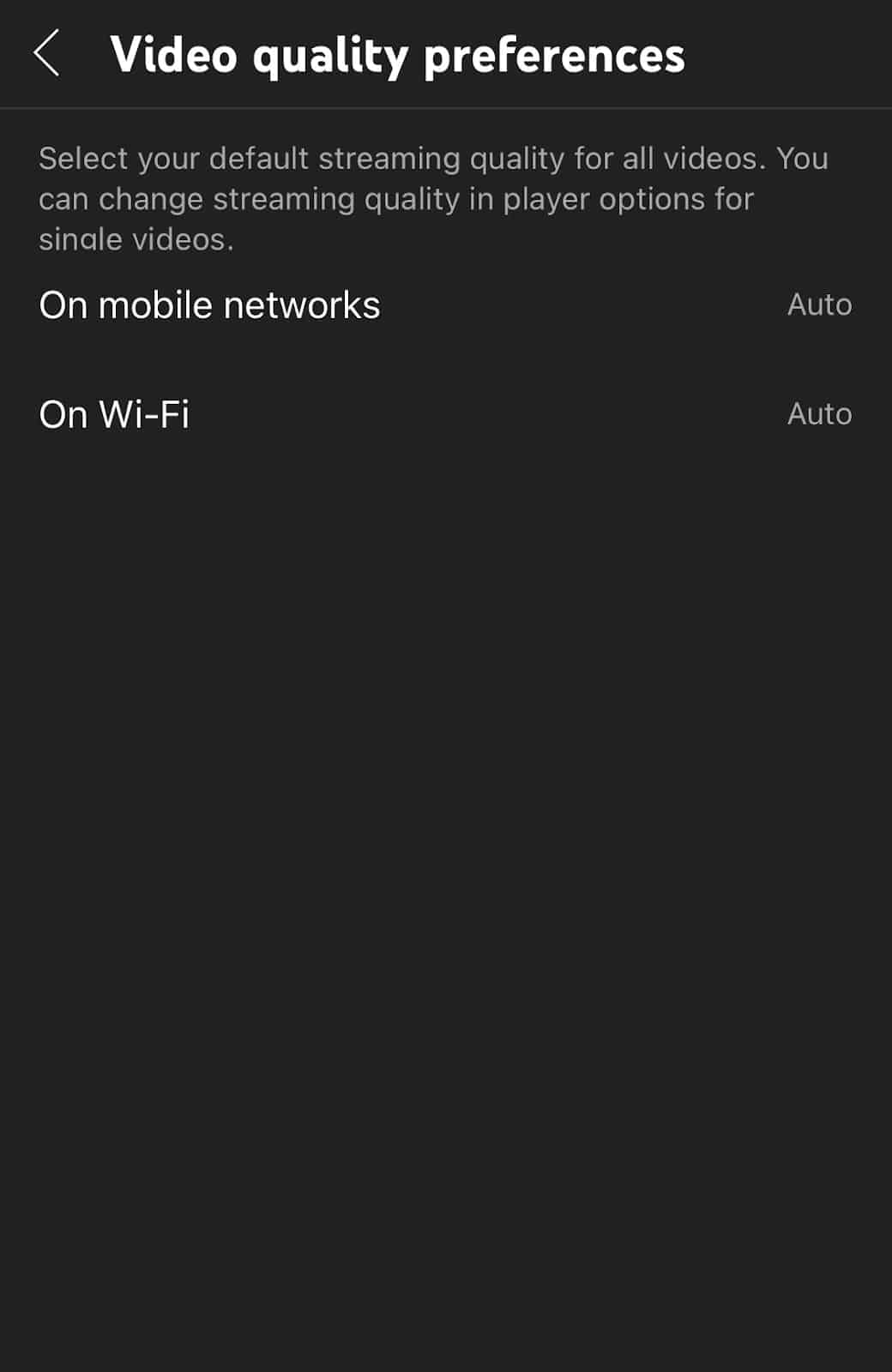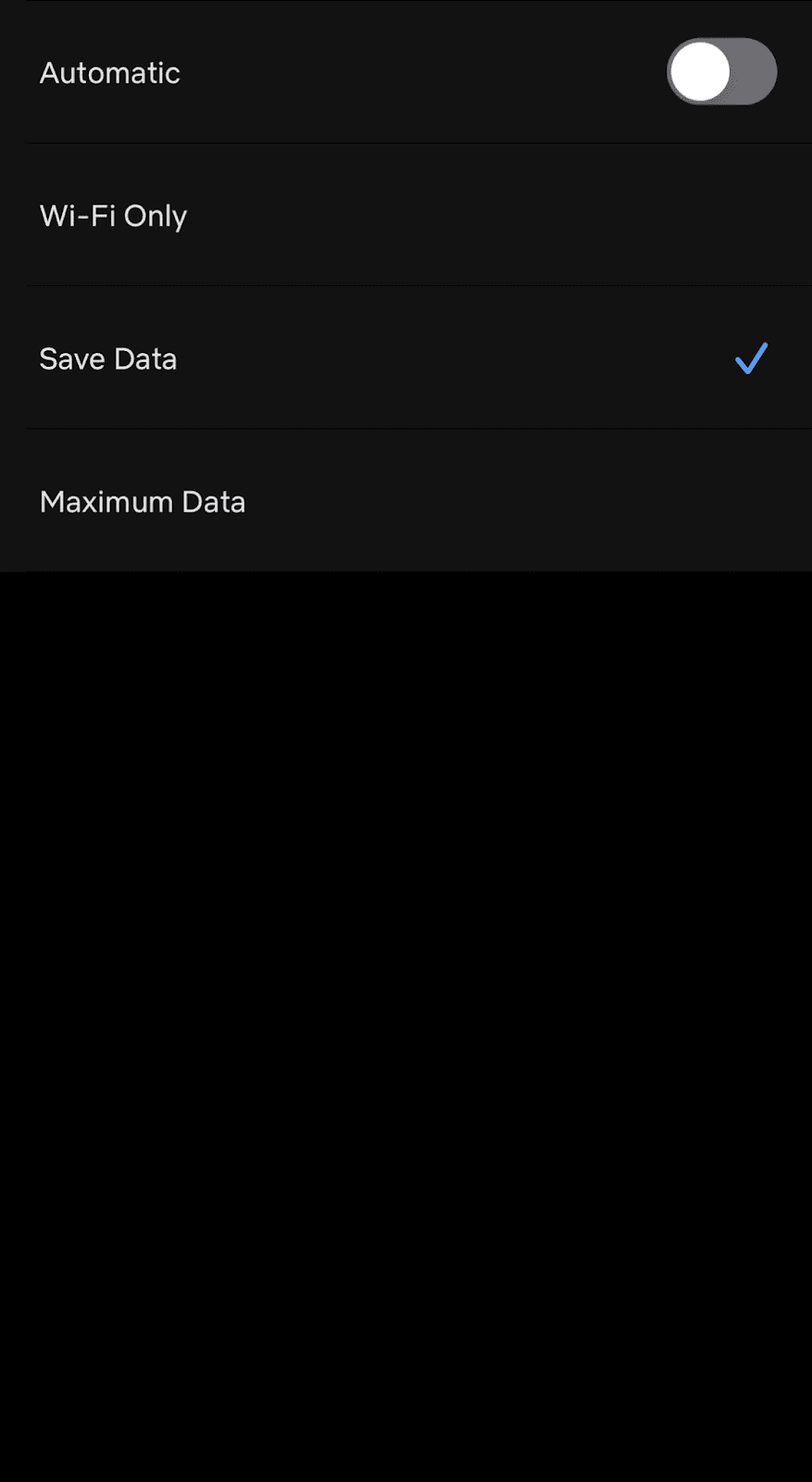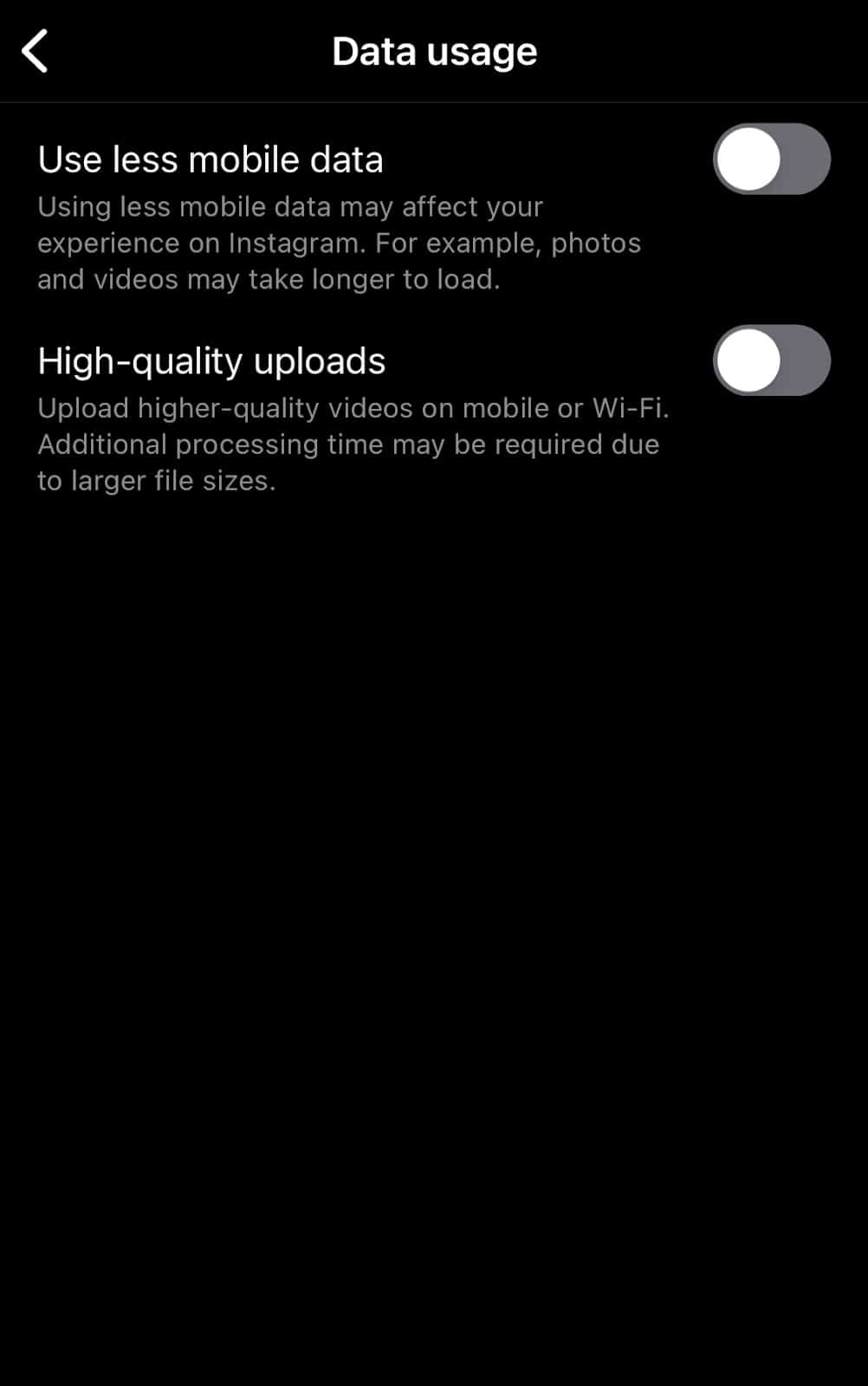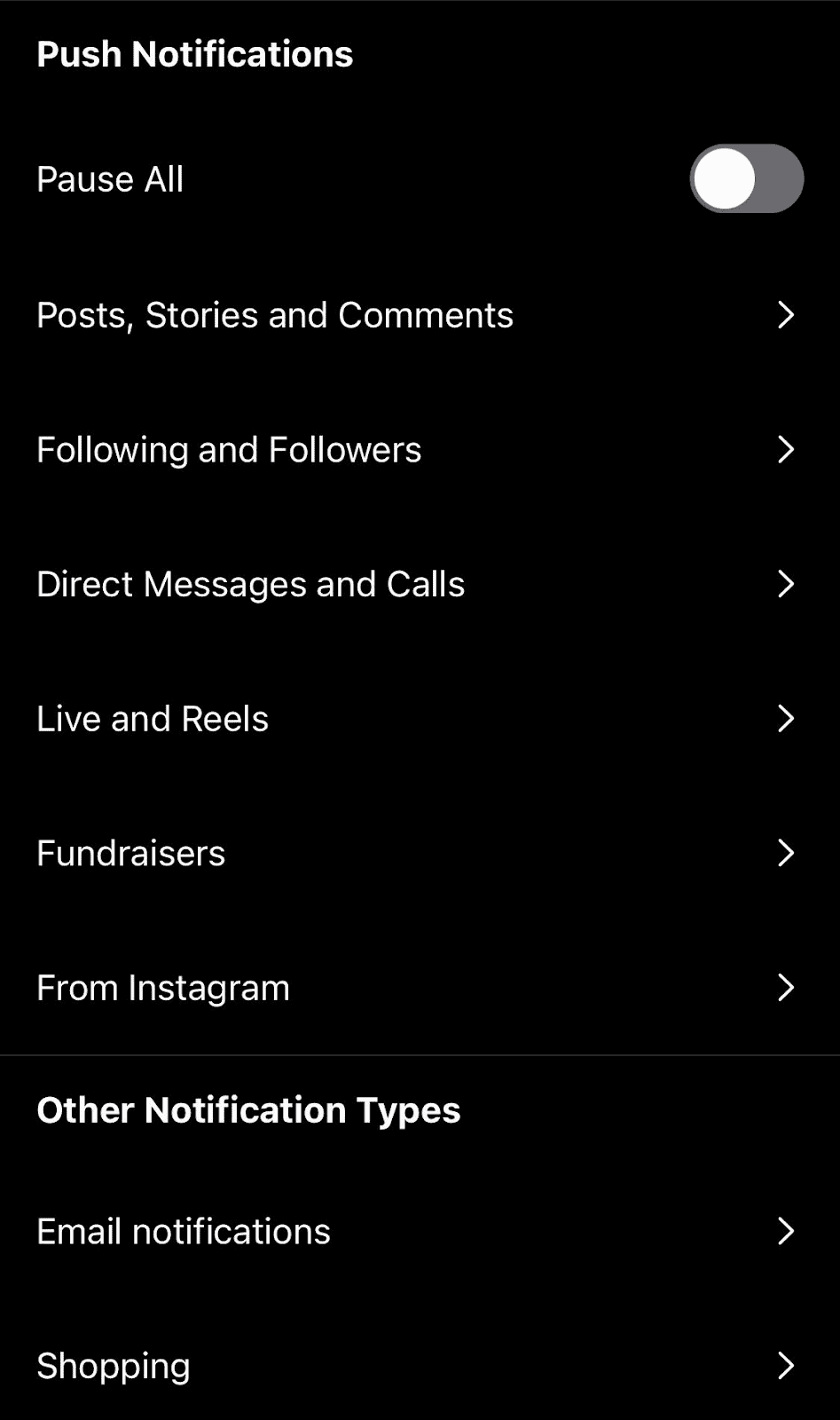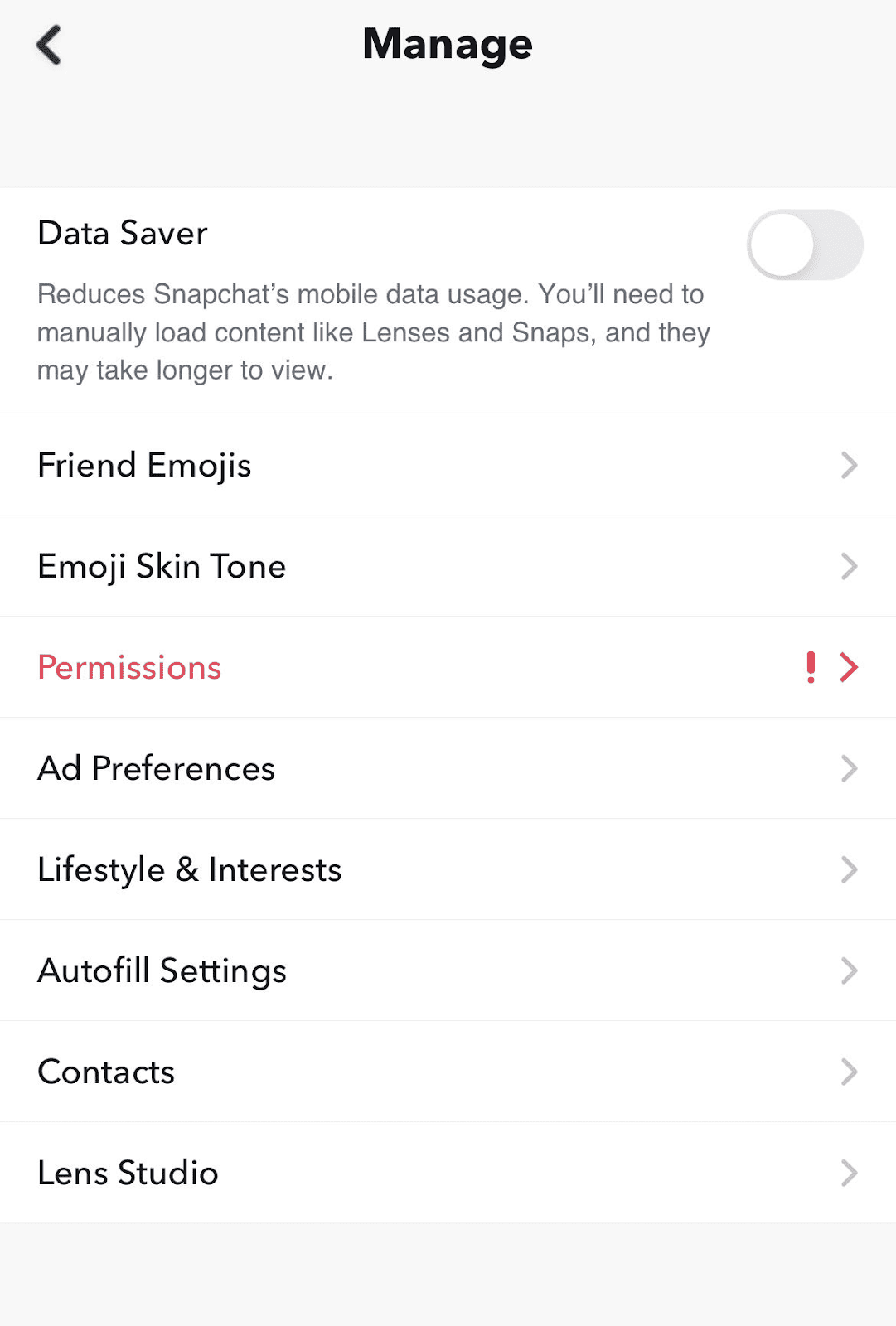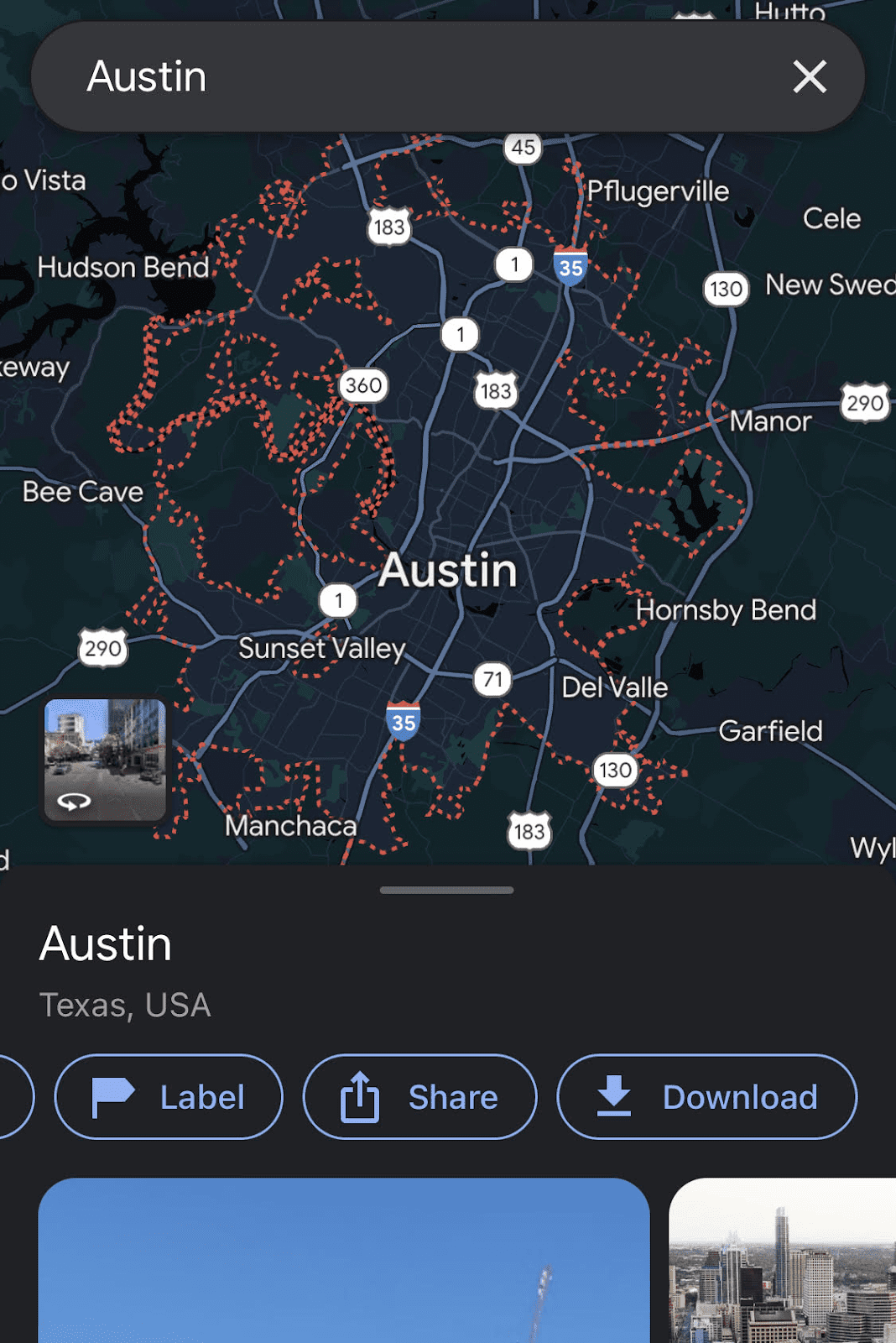How to Stop iPhone Apps From Wasting Your Data
Learn how to stop some of the most popular iPhone apps from eating up your phone's data.

Those of us whose internet plans have data caps sometimes have trouble staying within the limit. Exceeding the data cap means a potential service cutoff or paying extra fees for data usage. Wasting data can be an even bigger issue if you’re not connected to Wi-Fi, and, in most cases, using your cellular data has more limits than an internet plan.
Several iPhone apps quietly run in the background and use up data on your device. It may be difficult to figure out which apps are burning your data, but, if you can identify them, you can optimize the app for lower data consumption. To get you started, we share the biggest data-wasting apps for iPhone users.
Turn Off Autoplay on Facebook
Facebook is one of the biggest data-glutton apps. One of the main culprits for Facebook’s excessive data consumption is the autoplay feature for videos. When you browse your Facebook newsfeed, you may notice that videos start playing without you tapping play. That means scrolling through your newsfeed can add significant data consumption even if you don’t want to watch a video. Some videos may even be high-resolution, which uses extra data.
The Facebook Reels feature is another way you could use more data than expected. It allows you to scroll through short clips of videos. If you don’t like a video, you swipe up to watch another one. Facebook’s algorithm is designed to track content through engagements, so it keeps you hooked by offering content you’re likely to watch.
Here’s how you can limit autoplay videos on Facebook:
- Go to “Videos and photos” in Account Settings.
- Choose “On Wi-Fi only” under “Autoplay,” or choose “Never autoplay videos.”
Changing video quality to “Data saver” mode will reduce data usage.
Reduce Video Resolution on YouTube
New smartphones and tablets offer bigger and brighter screens, as well as ultra-high-quality videos. Viewing videos in the best resolution possible, however, results in high data usage. That’s great news for YouTube, but watching so many videos — especially on your iPhone — may be your one-way ticket to an expensive internet or phone bill.
YouTube doesn’t autoplay videos, but it’s often ranked high in smartphone data-usage stats. One of the major reasons YouTube is a top data-wasting app is the high quality of its videos. Many users watch YouTube videos in 1080p, which consumes 1.65 GB per hour. That can get even higher if the video quality is 4K, which consumes about 2.7 GB per hour.
One thing you can do to minimize data consumption when using your cellular data is to adjust your video quality. Here’s how to change the setting:
- Tap your profile icon and go to “Settings.”
- Go to “Video quality preferences” and change “Auto” to “Data saver” for “On mobile networks.” For “On Wi-Fi,” change the setting to either “Data saver” or “Higher picture quality.”
Changing the video quality to lower settings saves data.
The YouTube app adjusts the video quality based on the internet speed and connection, so you may have to change the settings on the video you’re watching.
Turn On ‘Save Data’ on Netflix
Frequently streaming Netflix may be a major contributor to your hitting the data cap on your internet plan. With over 220 million subscribers, Netflix is the most popular streaming service app for iPhone users — and one of the biggest data-wasting apps.
Netflix data usage depends on the duration and resolution of the video. Low-resolution video streaming on Netflix uses up to 0.3 GB per device, but high-resolution video can be as high as 3 GB for HD videos and 7 GB for ultra HD videos.
To reduce data usage on Netflix:
- Tap your profile picture and go to “App Settings.”
- Under “Video Playback,” tap on “Mobile Data Usage.”
- Switch on “Save Data” mode or “Wi-Fi Only.”
Selecting “Wi-Fi Only” or “Save Data” mode will reduce data usage.
Watching Netflix in lower resolution naturally means the video quality will not be as crisp. You can upgrade to an unlimited data internet plan so you’re free to binge your favorite Netflix shows and movies without worrying about exceeding the limit.
Skip Preloading on Instagram
Instagram started as a photo-based app but now has videos, which means it preloads and autoplays them — a telltale of using up data.
Instagram uses about 600 MB of data for every hour it’s open on your phone, which adds up to 16 GB of data per month for only one hour of use per day. Most people can easily spend more than an hour a day on Instagram, so you can imagine how much data it consumes. Not only do you use data to view content on Instagram, but also whenever you upload a story or post.
Similar to other social media apps, Instagram preloads photos and videos instantly. As a result, you’re using data for photos and videos you may not even want to see. If you want to avoid this, follow these simple steps:
- Tap on the hamburger button when you view your profile.
- Go to “Settings,” then “Account,” and then “Data usage.”
- Turn on “Use less mobile data.”
Whenever the option is available, choose settings that reduce mobile data usage.
Instagram also uses data for notifications. The app needs to run in the background to alert you when you receive likes or comments on your post, a new follower request, or other activities that trigger a notification. Because these notifications are in real-time, the app uses data 24/7. To prevent Instagram from running in the background:
- Go to “Settings,” then “Notifications.”
- Turn on “Pause All.”
Pausing notifications helps minimize data usage in the background.
Adjust Sound Quality on Spotify
Spotify’s endless music catalog is its greatest strength, but it’s also a major source of data consumption. Spotify uses four types of audio settings: low, normal, high, and very high. The higher-quality the settings, the more data is used. An hour of streaming music uses up to 150 MB of data. It may not sound like a lot, especially when compared to video- and photo-based apps, but Spotify’s data usage can quickly add up to a substantial amount.
A typical Spotify user consumes around 3 GB of data per month, but you can easily cross that number if you’re an avid music listener. If you’re a fan of video podcasts on Spotify, data usage can skyrocket. Only a small selection of videos are on Spotify, however, so videos shouldn’t account for a major chunk of data usage.
One way to reduce Spotify’s data usage is to download the songs directly on your device, a feature available only with a premium subscription. Another way is to change your sound quality settings. Here’s how:
- Go to “Settings” via the gear icon.
- Tap “Data Saver.”
- Toggle on “Data Saver” to set the music quality to low.
Spotify “Data Saver” mode reduces auto fidelity.
Turn On ‘Data Saver’ on Snapchat
As expected from a video-based app, Snapchat is another top data-wasting app because it uses data for watching and uploading Snaps. A single hour on Snapchat uses up to 1 GB of data. Based on that daily usage, the average monthly data usage of Snapchat is around 20 to 30 GB.
Users often open Snapchat outside their homes, which makes it susceptible to cellular data usage. Aside from minimizing your time on Snapchat, another solution is to reduce automatic loading for Snaps. You’ll have a slower user experience with automatic loading turned off, but it solves data wasting.
One way to minimize preloading on Snapchat is to turn on “Data Saver” mode. Here’s how to do it on an iPhone:
- Tap your profile icon.
- Go to “Settings” in the top-right corner and scroll down to “Manage.”
- Toggle on “Data Saver” mode.
Turning on “Data Saver” means you’ll need to manually load content.
Download Directions Offline on Google Maps
Google Maps may not use a lot of data for the average user, but it takes up a serious amount of data if you use it every day. Expect to use around 3 MB to 5 MB every five minutes. If you use satellite image instead of the default or terrain mode, your data usage will increase. You can switch between modes by tapping on the stacked square icon on the main screen.
To save data while using Google Maps, set it to default mode and download directions to use offline. Follow these steps:
- Search your destination by entering the name or address.
- Tap the information tab at the bottom.
- Scroll right, and then tap “Download.”
If the “Download” button doesn’t show up, try these steps:
- Enter your destination and let it show on the map.
- Tap your profile picture.
- Go to “Offline maps.”
- Choose “Select your own map.”
- Tap “Download.”
You can zoom in or out to select the map area size when downloading.
